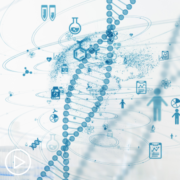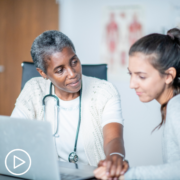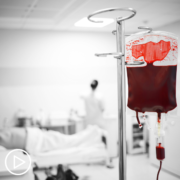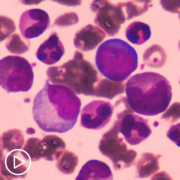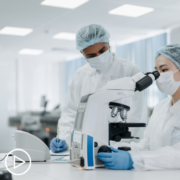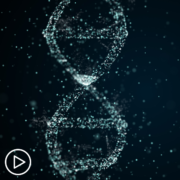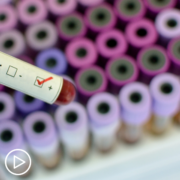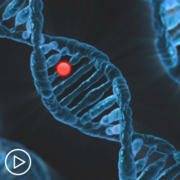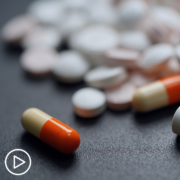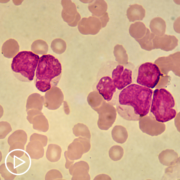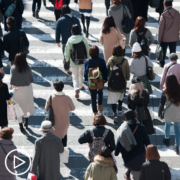The Importance of Acute Myeloid Leukemia Patient Empowerment
The Importance of Acute Myeloid Leukemia Patient Empowerment from Patient Empowerment Network on Vimeo.
Why is acute myeloid leukemia (AML) patient empowerment vital? How can acute myeloid leukemia (AML) patients become empowered? AML expert Dr. Catherine Lai from Penn Medicine explains how she helps empower her patients and why educating patients is a vital part of their care.
[ACT]IVATION TIP from Dr. Lai: “Don’t be afraid to ask questions, don’t be afraid to ask about resources and other ways to get information, you want the right resources, so not necessarily…everything on Google is accurate, but there are lots of good resources out there that can give you the information needed so that you can make educated decisions.”
Download Resource Guide en español
Related Resources:
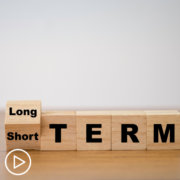
Long-Term Effects Acute Myeloid Leukemia Patients Should Know |
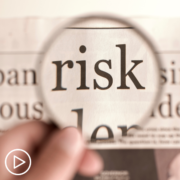
|
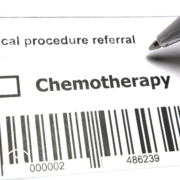
|
Transcript:
Dr. Lai:
It’s important to empower patients so that we’re making the best decision for them…that’s in line with their goals. I think that one of the main reasons why I love what I do is because I’m able to participate in the patient’s journey, and that journey doesn’t always mean that a patient has to live longer.
So I try to ask patients or do as patients, what are their…short- and long-term goals, do they have life events that they want to get to, is there a wedding coming up, a grandchild or something that I can help them get them to so that we can make a decision together that is taking into consideration their life outside of clinic and outside of the hospital.
I like to try to spend a lot of time with my patients educating them. Some people say I sometimes give them too much information, but I don’t feel like patients can make good decisions without being properly informed. So an educated patient makes a much better…makes a much better decision than somebody who doesn’t have the information.
And then I would also say it’s important to emphasize that you and your provider and our advanced practice provider and the social worker, we’re all a part of the same team that we all want the best outcome for the patient. And so knowing that, that you have a team of people that are taking care of you and that you really need to embrace learning and understanding as much as possible so that you can make the best decision about your short-term and long-term plan for yourself. So activation tip here is don’t be afraid to ask questions, don’t be afraid to ask about resources and other ways to get information, you want the right resources, so not necessarily…everything on Google is accurate, but there are lots of good resources out there that can give you the information needed so that you can make educated decisions.

